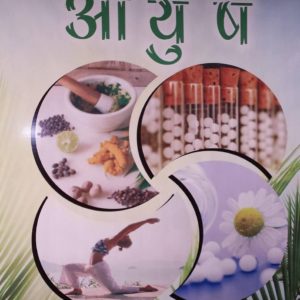NEW DELHI: India's exports of engineering goods to China saw a whopping 123 per cent growth at USD 629 million during April-June this fiscal, driven by an upsurge in shipments of non-ferrous metals, according to trade body EEPC India.
The country's shipments to China stood at USD 282 million in the April-June quarter of the previous fiscal.
The rise assumes significance as India has a massive trade deficit with China, which mounted to USD 46.56 billion last year as Indian exports continued to decline while the bilateral trade marginally slowed down by 2.1 per cent to nearly USD 71 billion, data released earlier showed.
India's overall exports grew by 4.39 per cent to USD 23.56 billion in June, according to commerce ministry data.
Shipments in the first quarter of 2017-18 rose by 10.57 per cent to USD 72.21 billion while imports surged 32.78 per cent to USD 112.2 billion, leaving a trade deficit of USD 40 billion.
Shipments of engineering goods from India to China aggregated USD 234 million in June, against USD 94 million in the same month last year.
The sharp rise was on the back of a mammoth 971 per cent increase in the shipments of non-ferrous metals in June this year to USD 158 million from a mere USD 14.75 million in the same month last year, the analysis revealed.
T S Bhasin, chairman of the Engineering Export Promotion Council (EEPC) of India, hopes that bilateral trade continues to flourish between the two neighbours.
For the April-June period, non-ferrous metals exports to China saw an increase of 344 per cent from USD 80 million last year to USD 355 million in the first quarter of the current fiscal.
"China is certainly a key trading partner for India. The two economies are among the fastest growing in the world and can complement each other. A pick up in the Chinese economy is also contributing to the rising consumption of the key metals," the EEPC India Chairman said.
China and South Korea were the leading importers of non-ferrous metals from India during April-June with 17 per cent and 14.6 per cent share respectively, Bhasin said.
The country's shipments to China stood at USD 282 million in the April-June quarter of the previous fiscal.
The rise assumes significance as India has a massive trade deficit with China, which mounted to USD 46.56 billion last year as Indian exports continued to decline while the bilateral trade marginally slowed down by 2.1 per cent to nearly USD 71 billion, data released earlier showed.
India's overall exports grew by 4.39 per cent to USD 23.56 billion in June, according to commerce ministry data.
Shipments in the first quarter of 2017-18 rose by 10.57 per cent to USD 72.21 billion while imports surged 32.78 per cent to USD 112.2 billion, leaving a trade deficit of USD 40 billion.
Shipments of engineering goods from India to China aggregated USD 234 million in June, against USD 94 million in the same month last year.
The sharp rise was on the back of a mammoth 971 per cent increase in the shipments of non-ferrous metals in June this year to USD 158 million from a mere USD 14.75 million in the same month last year, the analysis revealed.
T S Bhasin, chairman of the Engineering Export Promotion Council (EEPC) of India, hopes that bilateral trade continues to flourish between the two neighbours.
For the April-June period, non-ferrous metals exports to China saw an increase of 344 per cent from USD 80 million last year to USD 355 million in the first quarter of the current fiscal.
 |
| India's engineering exports to China |
"China is certainly a key trading partner for India. The two economies are among the fastest growing in the world and can complement each other. A pick up in the Chinese economy is also contributing to the rising consumption of the key metals," the EEPC India Chairman said.
China and South Korea were the leading importers of non-ferrous metals from India during April-June with 17 per cent and 14.6 per cent share respectively, Bhasin said.













